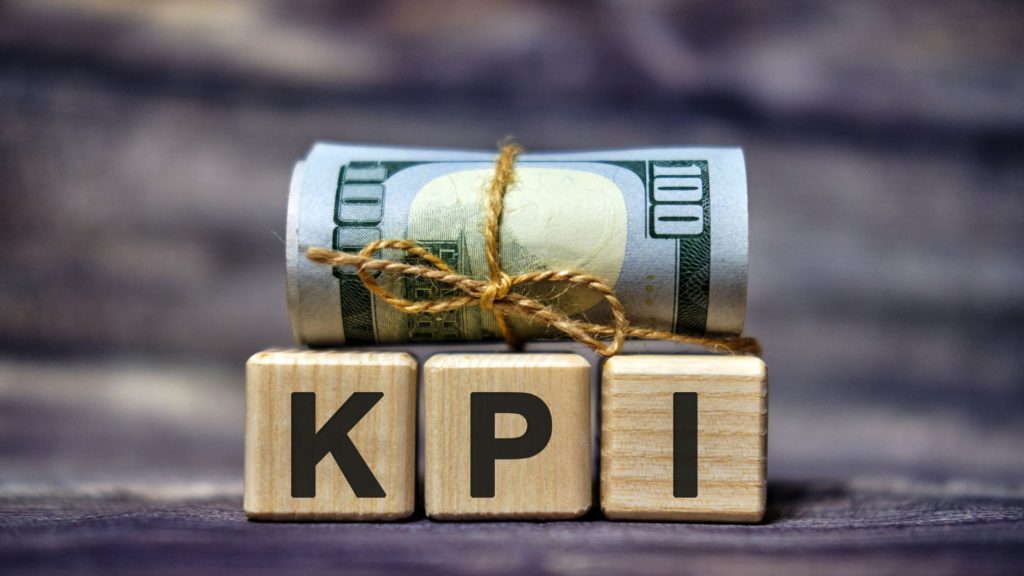In the fast-paced world of hospitality, success hinges on the ability to adapt, optimise, and deliver exceptional guest experiences. Hotel management software serves as the backbone of operations, empowering hoteliers to streamline processes, enhance efficiency, and drive profitability. However, to gauge the effectiveness of these systems and ensure they align with business objectives, it’s essential to track Key Performance Indicators (KPIs). In this blog post, we’ll explore the crucial KPIs for hotel management software and how they contribute to operational excellence and guest satisfaction.
1. Occupancy Rate
Occupancy rate is a fundamental KPI that measures the percentage of available rooms occupied during a specific period. A high occupancy rate indicates strong demand and revenue potential, while a low rate may signal pricing or marketing opportunities. Hotel management software should provide real-time occupancy insights, enabling revenue managers to adjust pricing strategies dynamically and maximise revenue per available room (RevPAR).
2. Average Daily Rate (ADR)
Average Daily Rate represents the average revenue earned per occupied room in a given day. By monitoring ADR trends, hoteliers can assess pricing competitiveness, demand fluctuations, and the effectiveness of promotional strategies. Hotel management software should offer robust reporting capabilities to analyse ADR by room type, booking channel, and guest segment, empowering revenue managers to optimise rates and maximise revenue yield.
3. Revenue per Available Room (RevPAR)
RevPAR is a key financial metric that measures a hotel’s ability to generate revenue from available rooms, taking into account both occupancy rate and ADR. It provides a comprehensive view of revenue performance and market competitiveness. Hotel management software should provide real-time RevPAR tracking and forecasting capabilities, enabling hoteliers to make data-driven decisions to optimise revenue and profitability.
4. Average Length of Stay (ALOS)
Average Length of Stay represents the average number of nights guests stay at the hotel. A higher ALOS indicates guest satisfaction, loyalty, and potential for ancillary revenue opportunities. Hotel management software should track ALOS across different guest segments and booking channels, allowing hoteliers to tailor marketing initiatives and enhance guest experiences to extend the length of stay.
5. Guest Satisfaction Scores
Guest Satisfaction Scores, typically measured through guest feedback surveys or online reviews, reflect the overall guest experience and satisfaction levels. Hotel management software should integrate with guest feedback systems to capture and analyse guest sentiments in real-time. By monitoring satisfaction scores, hoteliers can identify areas for improvement, address guest concerns promptly, and enhance service delivery.
6. Operational Efficiency Metrics
Operational efficiency metrics, such as check-in/check-out times, housekeeping turnaround and maintenance response times, are essential for evaluating the effectiveness of hotel management software in streamlining operations and enhancing productivity. Software solutions should provide performance dashboards and analytics tools to monitor these metrics and identify opportunities for process optimisation and cost savings.
7. Direct Booking Percentage
Direct Booking Percentage measures the proportion of bookings made directly through the hotel’s website or reservation centre rather than through third-party online travel agencies (OTAs) or booking platforms. A higher direct booking percentage indicates stronger brand loyalty, reduced distribution costs and higher profit margins. Hotel management software should offer robust direct booking tools and analytics to incentivize direct bookings and reduce reliance on OTAs.
Conclusion
In the dynamic and competitive hospitality industry, leveraging hotel management software is essential for driving operational excellence, maximising revenue, and delivering exceptional guest experiences. However, to ensure the effectiveness of these systems, hoteliers must track and analyse key performance indicators (KPIs) that align with business objectives and guest satisfaction goals.
By monitoring occupancy rate, ADR, RevPAR, ALOS, guest satisfaction scores, operational efficiency metrics and direct booking percentage, hoteliers can gain valuable insights into revenue performance, operational efficiency, and guest loyalty. Hotel management software should provide robust reporting and analytics capabilities to track these KPIs in real-time and empower data-driven decision-making.
Ultimately, by focusing on the right KPIs and leveraging insights from hotel management software, hoteliers can optimise performance, drive profitability, and elevate the guest experience to new heights.

